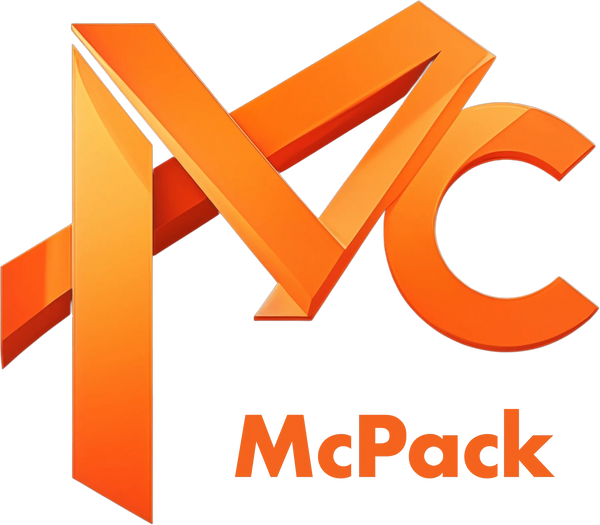How to Reduce Packaging Costs by Choosing the Right Stretch Film
Share
Why film choice drives cost-per-pallet (CPP)
CPP = Film cost per roll ÷ Pallets wrapped per roll
Lower CPP by:
-
Getting more pallets per roll (better film tech, correct thickness, right settings)
-
Or paying less per roll only if quality/containment stays the same
Step 1 — Classify your loads (avoid over-wrapping)
Create simple classes so you don’t use one heavy film for everything:
-
A — Stable/light: tight cartons, low height, smooth sides
-
B — Mixed/medium: moderate height, occasional edges, mild settling
-
C — Heavy/challenging: tall/irregular, sharp corners, high mass
Use thinner high-performance films for A, balanced films for B, and tougher films or edge protection for C.
Step 2 — Pick the right film technology
-
Cast vs. Blown
-
Cast: consistent thickness, quiet, great clarity—excellent on automated lines
-
Blown: higher puncture/cling—useful for sharp or irregular loads
-
-
High-performance & multi-layer films
Designed for power pre-stretch, they deliver the same containment with lower thickness, increasing pallets per roll.
Step 3 — Match thickness to containment (not habit)
Don’t stick to 23 μm “because we always have.” Target the containment force your load needs. With the right film and settings, many A/B loads run safely at 19 μm, 17 μm, or even 15 μm.
Pro tip: If corners tear or film snaps, first try corner protectors, lower tension, or a tweaked wrap pattern before jumping to a thicker film.
Step 4 — Tune your wrapper for material efficiency
Well-set machines typically cut film use 15–30% vs. manual wrapping.
-
Pre-stretch: e.g., 200–300% on power carriages
-
Tension: enough for containment without breakage
-
Pattern & overlaps: top/bottom reinforcement; ~50% overlap baseline
-
Speed sync: turntable and carriage speeds aligned for consistent lay-down
Document winning settings and save them as your SOP.
Step 5 — Validate with quick trials
For each candidate film + setting:
-
Record pallets per roll (primary CPP driver)
-
Do basic containment checks (push/tilt, transport feedback)
-
Track damage/returns; if unchanged or lower, keep the savings
Step 6 — Reduce waste & improve end-of-life
-
Use recyclable films where possible
-
Train operators to avoid tails/dags and trim waste
-
Bale clean film waste to offset costs and support ESG goals
Common mistakes that raise costs
-
Chasing cheapest roll price while using more layers (CPP increases)
-
Using one film for all loads (A-class subsidizes the rest)
-
Skipping machine maintenance (worn rollers/tensioners waste film)
-
No trial logging (savings don’t stick without proof)
